Looking at old guns in the auction room is an opportunity to see many variations of operating lever and bolting mechanism.
Although the ultimately ubiquitous combination of Purdey bolt and a Scott spindle (or Greener lever-work as an alternative) was adopted by everyone by 1900, a perplexing plethora of options remained in use longer than one might have expected.
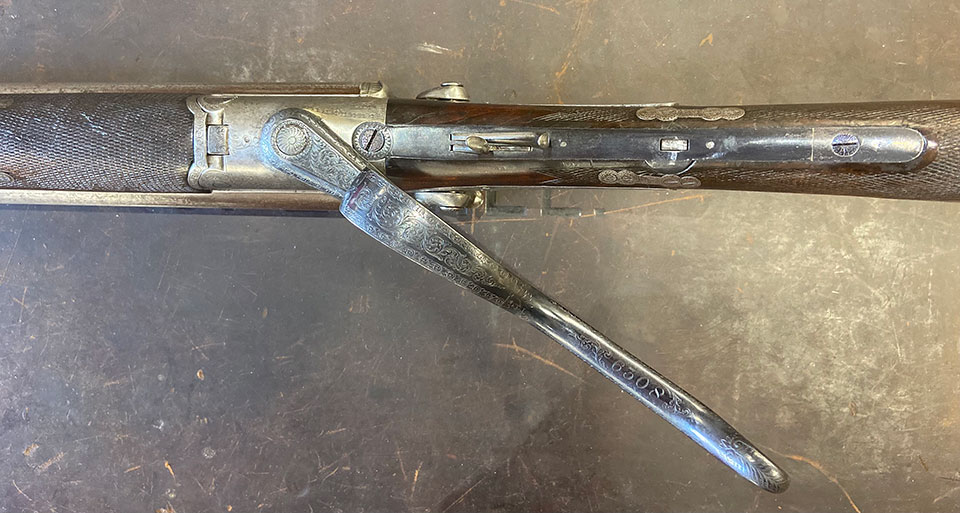
This can be explained by the patentees; James Purdey and W.M Scott keeping the patent protection going for the full 14 years after the combination first appeared, in 1865. If gunmakers did not want to pay a royalty, they had to use something else. One of those options was a patent-free system developed by a man of whom WW Greener once referred as ‘A Birmingham gunmaker’.
The under-lever with screw-grip was generally listed to in gunmakers’ records as an ‘under-lever’ or a ‘lever-over-guard’ Greener called it the ‘double grip’. Today, most commentators credit the mechanism as the ‘Jones under-lever’, largely thanks to authors Crudgington & Baker and Geoffrey Boothroyd, who promoted his recognition.
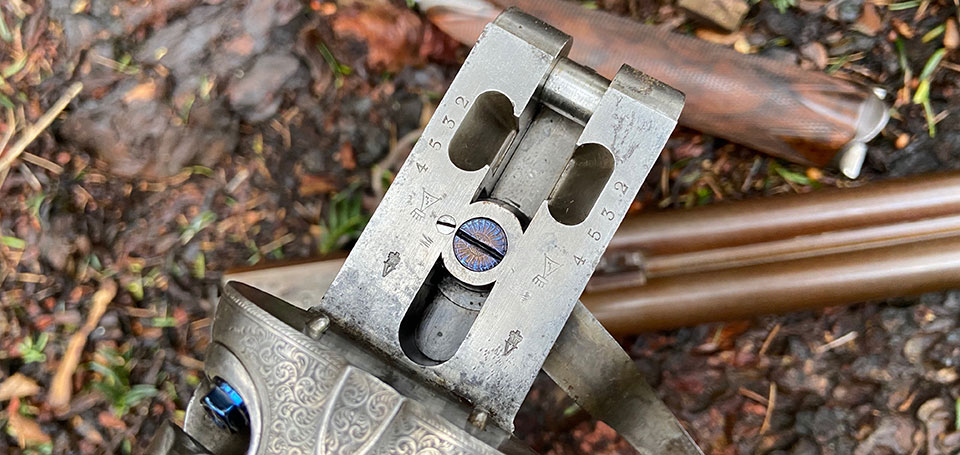
The Jones (patent 2040 of 1859) works by means of a lever under (or over depending on your point of view!) the trigger guard, which has a protrusion to enable it to be gripped by forefinger and thumb. Lateral movement to the right opens the gun by releasing a coarse screw thread, which bears on cut-out bites in the lumps and hold the barrels tight on the action.
Rather than simply filling a bite with a sliding bolt, or block, to prevent the barrels from dropping open, the Jones screw-grip actually tightens the barrels hard onto the action flats. It is very strong, a quality shared with the earlier Dougall and Lancaster guns, but having no camming action, it is a one-stage operation, rather than two-stage, and is, therefore, faster.
Having no spring to work the lever, the entire operation is inert, requiring the user to move the lever to open the gun and again, in the opposite direction, to close it. It is the cart horse of breech-loading systems. Not super-fast, but immensely robust, long-lived and reliable in service.
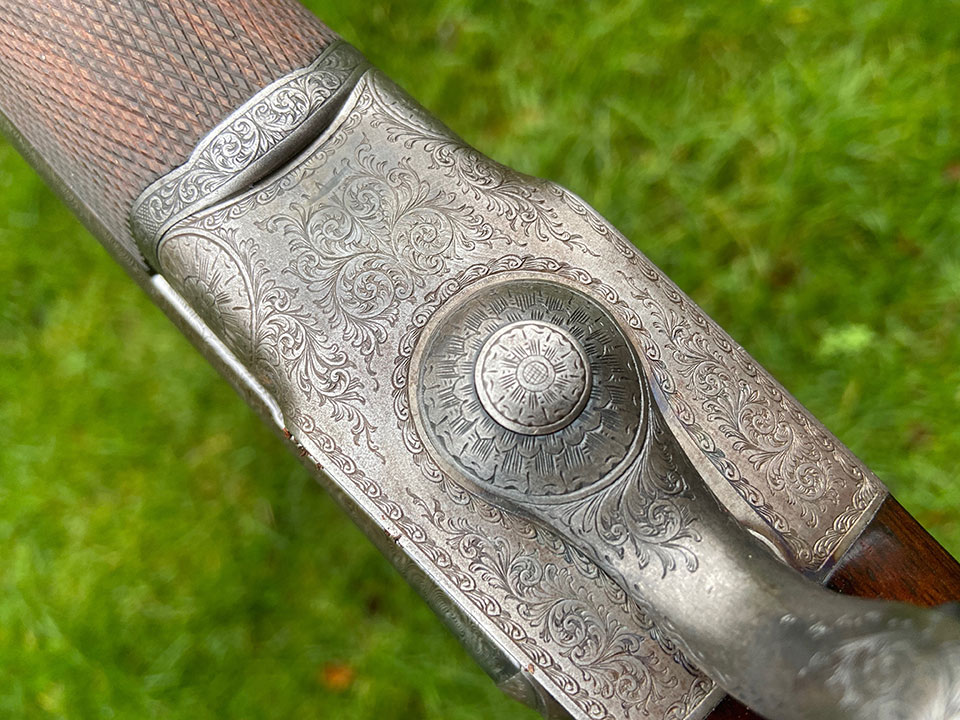
Even the generally grudging Greener had to allow ‘The double grip is considered by all practical gunmakers to be the strongest and most durable arrangement ….Nothing can be more simple or do the work better’, when he discussed the then-available actions, in Modern Breech-loaders 1871.
Some early Screw-grip guns were occasionally made with a LeFaucheaux type levers under the forend rather than a lever over guard, indeed, some early trade records list guns as ‘LeFaucheaux’, when they were in fact made with Jones patent lever work.
Webley attempted to convert the inert Jones mechanism into a snap-action in 1866 with patent No. 3022 of that year. This was adopted by some makers, who presumably wanted the secure locking of the Jones original with the speed of the snap-actions that were, by then, becoming universal. Purdey made a number of double rifles on the Webley patent.
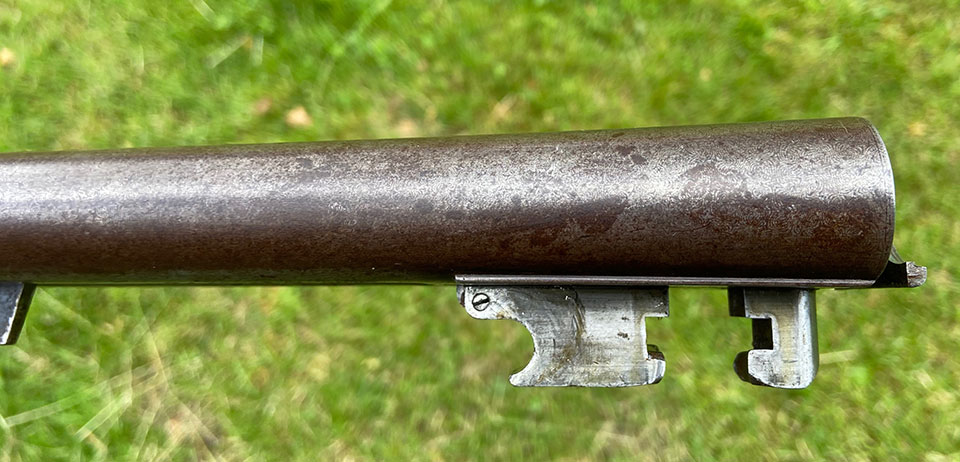
I have handled several in .303 calibre, as well as a.450. However, if not operated carefully, the lever snaps back on the shooter’s fingers, in a scissor-like motion, which is potentially painful and dangerous, especially on a double rifle. I have seen a small number of shotguns with the Webley variation but the original Jones is far more common. Another variation on the screw grip idea was James Lang’s 1870 patent, which added a sliding bolt and top lever operation to the screw grip.
The Jones later gave way to snap-actions, which were faster to operate, rather than stronger. However, its use was continued well into the 20th century for guns where strength and reliability were valued over speed and convenience. I once had in my collection the penultimate hammer gun made by Boss; a 1903 12-bore pigeon gun with steel barrels and Jones under-lever.
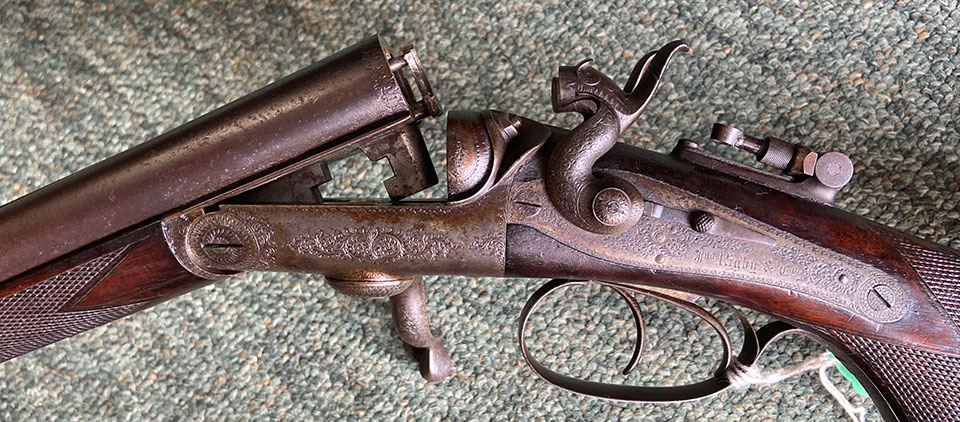
The gun is plain but of superb quality and was clearly ordered by a wealthy and particular competition shooter who knew exactly what his priorities were. Makers of large bore guns for wild fowling also found the Jones system the most useful, as strength and simplicity outweighed speed as merits on the foreshore.
People all too readily overlook the inert Jones lever-work, considering it old fashioned and slow. It is one of my favourite actions of all time and both my ‘working guns’ are built on the mechanism.
Use one for a while and you learn to love its reliability, solidity and simplicity.
Published by Vintage Guns Ltd on (modified )




